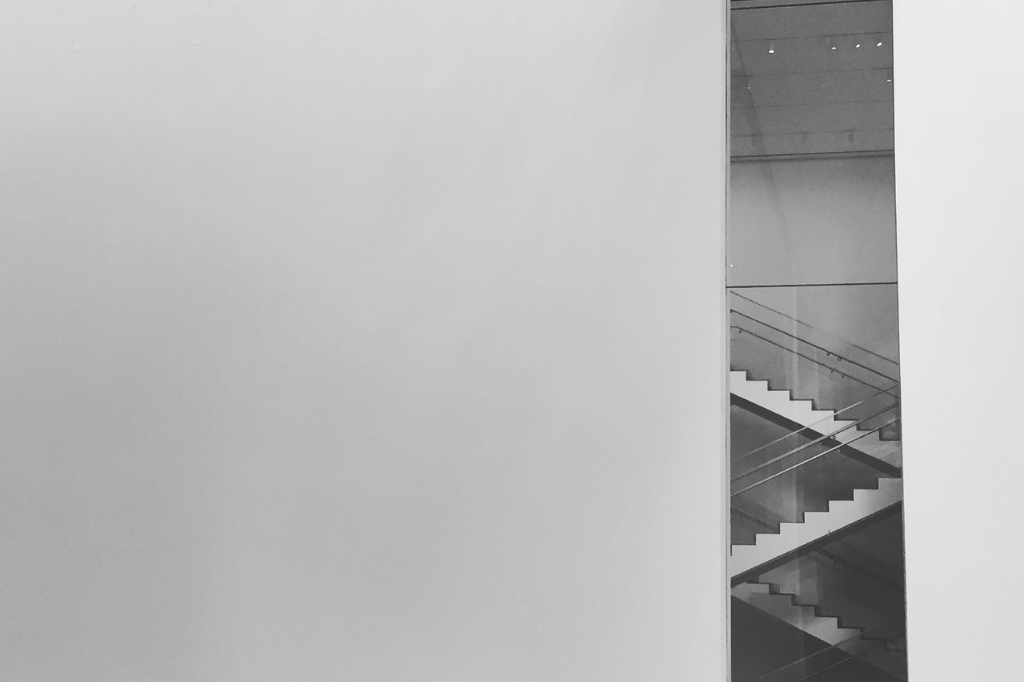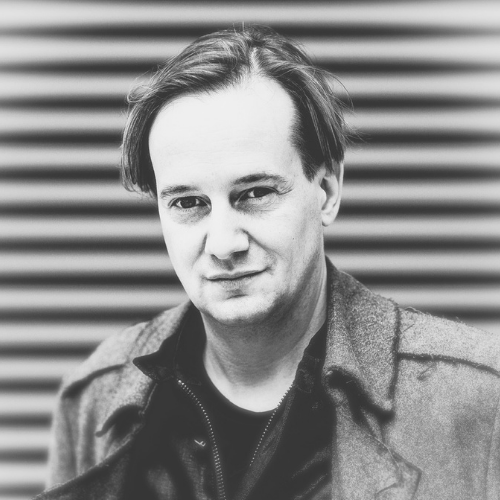We Do Not Talk About Artist
At this very moment, while the world spirals into incomprehensible madness, Artist is left without gravity, and with a perplexing question: Who needs them?
Unpopular opinion — probably no one.
This is not a manifesto of any kind. This is also not a lament.
After more than two years trapped in a pandemic, wrapped in digital noise, and consumed by algorithmic confusion, we are facing the gates of World War III being broken in Ukraine, ready to descend us into irreversible chaos. As a society, we have perfected the ill-designed and inescapable cycle of division and violent confrontation. Through all these cycles Artist is creating, reflecting on our collective state, and seeing the way forward. But we do not talk about Artist. After all, who needs Artist during times of war and pandemics?
The past two years have allowed me time to think more about the role of Artist, and my own place in the world. As I write this, I am living and working in Toronto as a multilingual artist, director, and creative producer of an independent BirdLand Theatre company: we’ve produced work in Canada, Off-Broadway, and Europe. Besides English and my mother tongue, at least three other languages structure my identity as an international, multilingual theatre creator. I sometimes wonder whether I have adopted the language(s) and culture(s) of my chosen country, or if my chosen country accepted me. It is in this space, on the spectrum between adopted or accepted that my work as a multilingual theatre creator happens.
This conversation fails to recognise that art and Artist’s craft are subjective.
To me, it seems that the connection between Artist and the public is broken. Something happened within the social, political, and economic system that dismantled the social contract between Artist and the public. Every piece of art involves a contract with the audience: in today’s world, artistic honesty has become the material currency of exchange. The audience, by showing up and paying an attendance fee, has agreed on a specific exchange with Artist; but this agreement demands Artist to deliver only what the audience expects and is pleased with. Honesty is lost, the social contract is broken, and the conversation still does not focus on Artist.
We talk about the economic impact of art on society, rising rent and costs of living, and the existential act of creating art in the first place. Yet we do not talk about Artist. We talk about the competition of the creative industry, glorifying the battle of artist vs artist, determined to discover who is the “best” artist. But this conversation fails to recognise that art and Artist’s craft are subjective. Simply telling an actor to “act better” is a waste of energy; without context and subjectivity, we’re perpetuating the destructive cycle of competition.
Still, art is born out of this unbalanced and conflicted world. I would love to see art be considered a healing practice with the Artist at the center of it as a practitioner. Do we need to clarify the position of the Artist if we as the public truly want to be healed?
In the early days of the pandemic, art and culture as we know it disappeared. In a time of imposed restrictions on movement and public gatherings, a time of baking bread and being consumed by the screens of our digital devices, to participate in any kind of artistic and cultural activity requires resources. We must have a stable internet connection, a digital device, and a safe place to inhabit to participate in digital art. The means of digital participation and consumption are expensive, and the cost is both financial and environmental.
In this new, warped social contract driven by the late-capitalist logic of demand-and-supply, Artist has become a hybrid creature, simultaneously alienated and reduced to an object made for consumption by a spectator. We have found ourselves staring at each other, looking for faults, foibles, or someone to blame, when we should be looking for Artist.
To find Artist, we need a new social contract between Artist and the public. We need to re-examine a point of contact between the Artist and the public to provide new grounds for interaction and audience participation. Despite the slow (re)openings of late, theatres have been closed for far too long. The consequences of many indefinitely postponed and canceled productions will be felt in the artistic merit of future work, not due to present social conditions or a public lack of interest. The problem is that the current social contract has transformed art into a materialistic transactional activity. The contractual situation of a Deal has diminished the spiritual dimension of contact between the public and the Artist. What we might be forgetting is that the spiritual dimension of art brings us closer to a possibility of collective healing.
We have forgotten how to relate emotionally to art and Artist. In the eyes of the public, Artist is persistently seen as someone in constant need of existential support. Perhaps this is because the social system is built in such a way that we do not value the existence of Artist. The system values only the product made by Artist. We, as a public, have universally become reviewers, editors, and opinion-makers, passionately and obsessively searching for that which Artist has hidden. The truth is Artist is not hiding anything. If Artist is hiding anything, then Artist and art are manipulative.
Artist gives us new ways of seeing and knowing: Artist gives us perspective.
“The role of the artist is not to look away,” said great Japanese film director Akira Kurosawa. Artist looks forward; Artist articulates collective confusion and clarifies for us the nature of what we feel. Artist gives form to the ideas and concepts of the times in which we live. Should we not, therefore, place Artist at the centre of our society?
Yet how Artist can one write poetry while bombs are falling? The same question troubled me when I was in rehearsals for a theatre show while bombs were falling on my hometown, while I was witnessing friends being forcefully recruited for a war they neither wanted nor understood, and from which many of them did not return. Like a virus, traumatic memories travel and infect others, regardless of their experience of the event.
The task for Artist is not to look away, but to take this trauma and articulate it into creation. Very often, the ideas and concepts Artist is articulating are not immediately accessible to everyone. Artist gives us new ways of seeing and knowing: Artist gives us perspective. This does not mean that Artist should be apolitical. All art is political, and that is why we must talk about Artist. This process of creating art is a way of looking forward. It is a way of collective healing. It is not looking away.
It is Artist who invites us to experience together, through our bodies, what it means to be alive. That experience will change society. We need to talk about Artist who makes art for everyone; Artist who simultaneously disturbs and brings balance to mind, body, heart, and spirit. We need to talk about Artist as a unique identity that suffers greatly when seen only through social, economical, political, cultural, or sexual lenses. Artist is a unique entity that possesses a particular identity. Artist is not only a working-class Artist, gay Artist, or Immigrant Artist: these terms are reductive. Artist is an Artist is an Artist. We cannot diminish the entire identity of Artist to a preconceived idea and opinion about their class, status, identity, and so on. We need to talk about Artist as a way of citizenship.
Let us talk about Artist without hesitation and without questioning even why we are talking about Artist. It is a human right to be Artist. Artist is a creator; Artist is a mirror. Artist is a teacher, an activist, a truth-seeker.
To find a way forward in this tumultuous world, we need to talk about Artist.









Comments